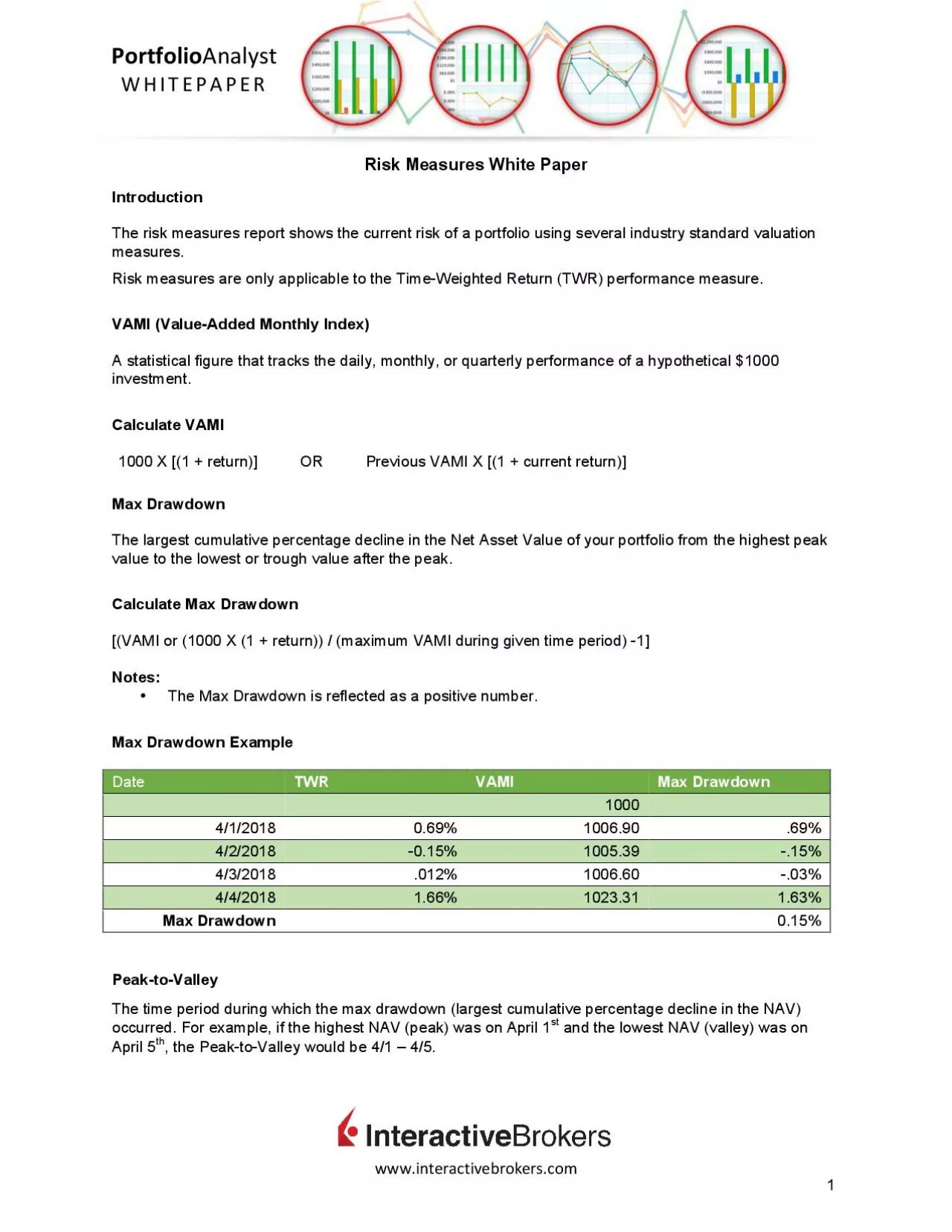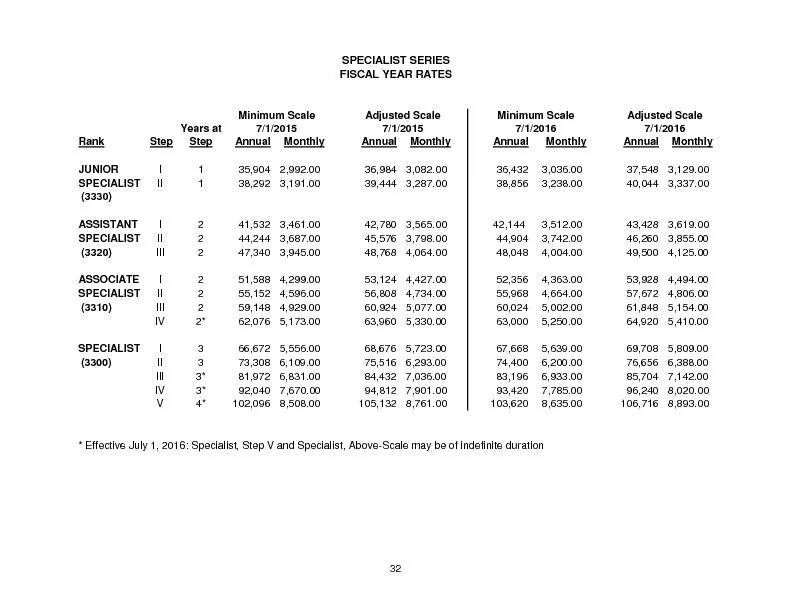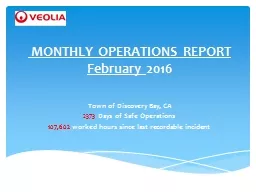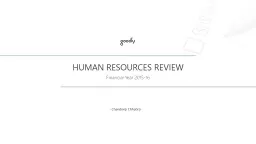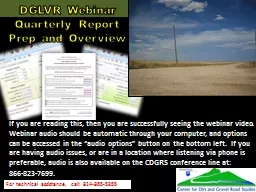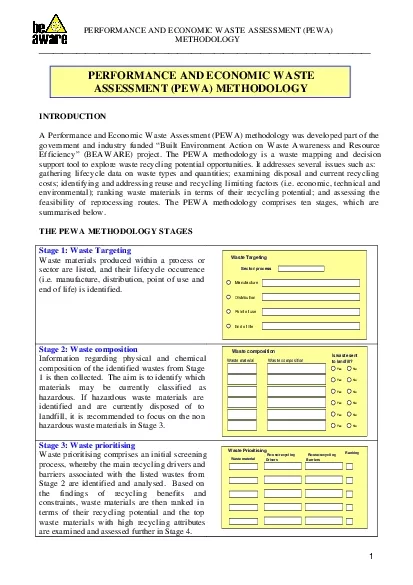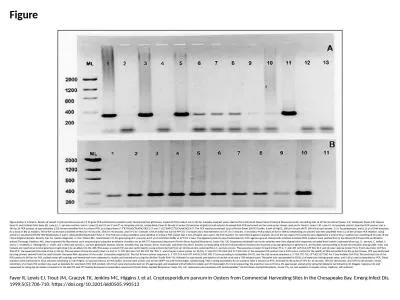PDF-A statistical figure that tracks the daily monthly or quarterly perfor
Author : abigail | Published Date : 2021-08-17
Calculate CorrelationCovariance Product of Standard Deviations WhereList of deviations from the mean for each account return per day B List of deviations from the
Presentation Embed Code
Download Presentation
Download Presentation The PPT/PDF document "A statistical figure that tracks the dai..." is the property of its rightful owner. Permission is granted to download and print the materials on this website for personal, non-commercial use only, and to display it on your personal computer provided you do not modify the materials and that you retain all copyright notices contained in the materials. By downloading content from our website, you accept the terms of this agreement.
A statistical figure that tracks the daily monthly or quarterly perfor: Transcript
Download Rules Of Document
"A statistical figure that tracks the daily monthly or quarterly perfor"The content belongs to its owner. You may download and print it for personal use, without modification, and keep all copyright notices. By downloading, you agree to these terms.
Related Documents

